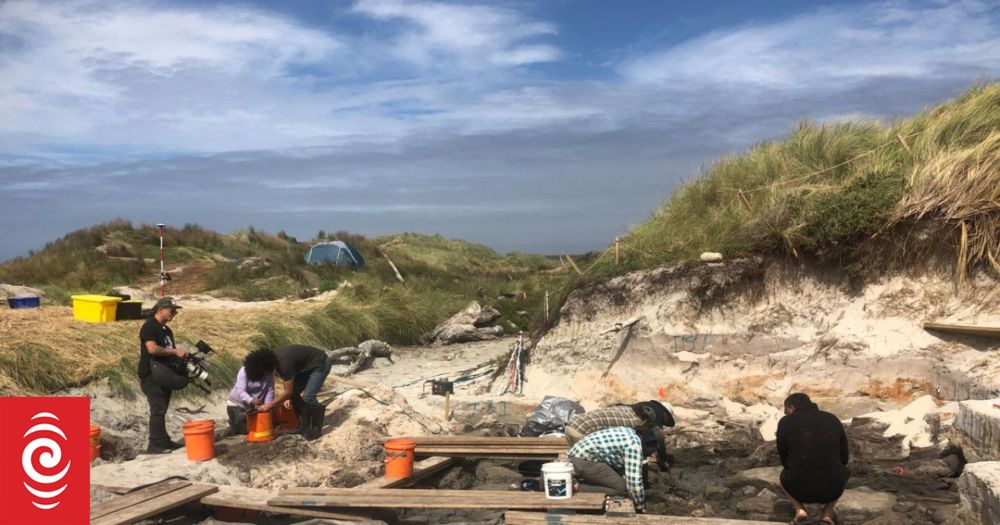





Huge thanks to our sponsor Australasian Palaeontologists.
Huge thanks to our sponsor Australasian Palaeontologists.




Our research, published today in Science, reveals remarkable concordance between human and dog genomes through time, highlighting how deeply intertwined our evolutionary histories have been over the past 11,000 years.
🔗 Read the full paper here: www.science.org/doi/10.1126/...

Our research, published today in Science, reveals remarkable concordance between human and dog genomes through time, highlighting how deeply intertwined our evolutionary histories have been over the past 11,000 years.
🔗 Read the full paper here: www.science.org/doi/10.1126/...
We analysed genomes of historical German Shepherds to reveal how bottlenecks linked to WWII and the use of popular sires led to significant declines in genomic health. We also found an early 20th century wolf-dog hybrid!
🔗 Full paper here: www.pnas.org/doi/10.1073/...

We analysed genomes of historical German Shepherds to reveal how bottlenecks linked to WWII and the use of popular sires led to significant declines in genomic health. We also found an early 20th century wolf-dog hybrid!
🔗 Full paper here: www.pnas.org/doi/10.1073/...
We used ancient DNA and dietary isotopes to show that landscape modification and the introduction of European dogs impacted dingo populations across Australia.
🔗 Full paper here: www.pnas.org/doi/10.1073/...

We used ancient DNA and dietary isotopes to show that landscape modification and the introduction of European dogs impacted dingo populations across Australia.
🔗 Full paper here: www.pnas.org/doi/10.1073/...







I'm in Australia, so do get in touch if you want some expert debunking.

I'm in Australia, so do get in touch if you want some expert debunking.







